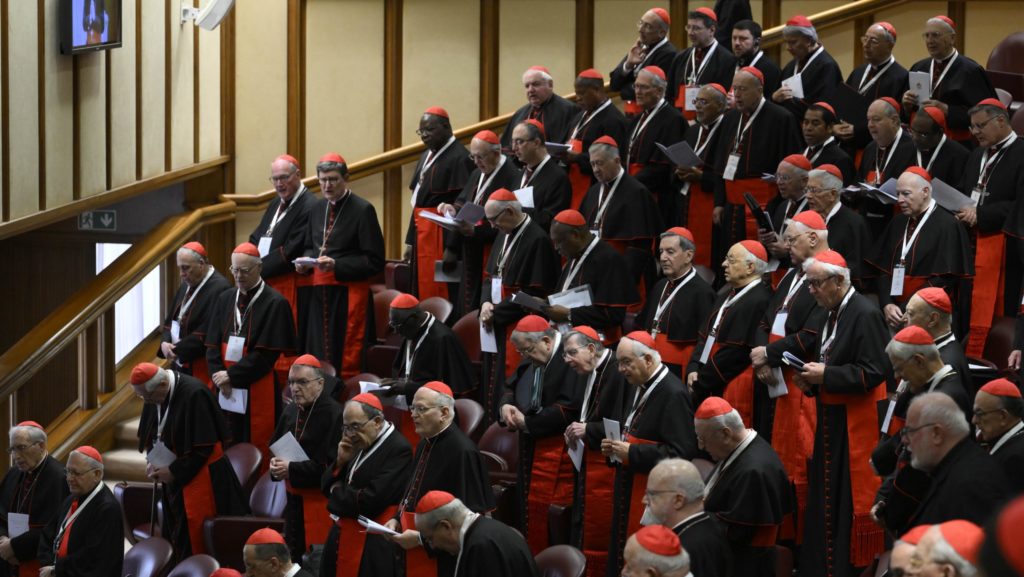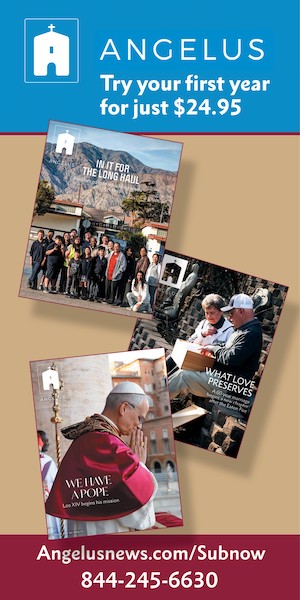The conclave that begins May 7 is expected to be the largest in history, with a wide geographical mix of cardinal-electors.
There are 135 cardinals under the age of 80 and eligible to vote in a papal election. By contrast, 115 cardinals took part in the conclaves in 2005 and 2013.
The cardinals represent 72 different countries if one counts the nations where they are serving and not just where they were born. Take the example of three Italians: Cardinals Pierbattista Pizzaballa is the Latin patriarch of Jerusalem; Giorgio Marengo is the apostolic prefect of Ulaanbaatar, Mongolia; and Mario Zenari is the apostolic nuncio to Syria.
The cardinals' average age on April 28 was 70 years and 5 months. That is slightly younger than the average age of electors who participated in the last conclave in 2013, which was 71.8.
According "Universi Dominici Gregis," the document giving rules for the election of a new pope, cardinals who celebrate their 80th birthday before the day the Apostolic See becomes vacant -- that is, with a papal death or resignation -- do not take part in the election.
The oldest among current voters is Cardinal Carlos Osoro Sierra, the retired archbishop of Madrid, who turns 80 May 16.
The youngest member of the conclave is 45-year-old Ukrainian-born Cardinal Mykola Bychok of the Ukrainian Eparchy of Sts. Peter and Paul of Melbourne, Australia. He is one of 17 Gen X cardinals, those born between 1965 and 1980.
Only five of the cardinals eligible to enter the conclave were created cardinals by St. John Paul II and 22 were created by Pope Benedict XVI.
That means 27 of them took part in the conclave that elected Pope Francis, and five of those also participated in the 2005 conclave that elected Pope Benedict.
But that also means voting in a conclave will be a brand new experience for 108 of the electors.
While the geographical breakdown of conclave voters has become more diverse since 1978, Europeans are still the largest block. Fifty-two of the electors, or 37%, come from Europe.
However, Asia is more represented now than ever before with 24 electors or almost 18% of the total. There are 23 cardinal-electors representing Latin America, about 17% of the total, followed by Africa with 18 electors. North America now trails behind Africa and Asia with 14 electors, representing about 10%, and Oceania has four voting-age cardinals, about 2.9% of the total.
In the country-by-country breakdown, Italy has 16 voting-age cardinals, followed by the United States with 10, representing 7% of the voting total.
Brazil has seven voting-age cardinals; Spain and France have five each, and Poland, Portugal, India, Argentina and Canada have four each. England, Germany and the Philippines have three cardinal-electors each. Fifty-nine countries are represented with one or two cardinal-electors.
In terms of influence, the Vatican as an institution will be heavily represented, with 27 members of the Roman Curia voting in the conclave -- 19.7% of the total.
Since a two-thirds majority of the cardinal-electors who participate is needed to elect a pope, if all 135 men were to attend, there would need to be at least 90 votes for one candidate to emerge as the winner.
Among the voting-age cardinals, there are 33 members of religious orders, including: five Salesians, four Jesuits, four Franciscans and three Conventual Franciscans.

